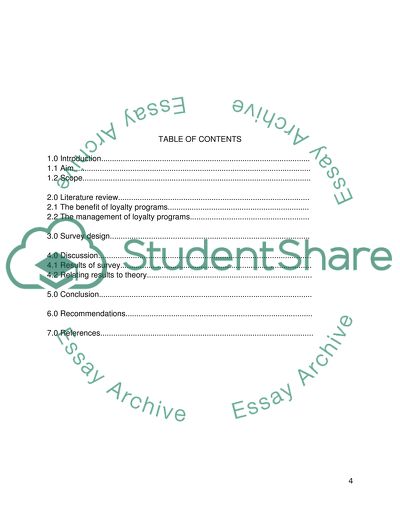Cite this document
(“Developing a loyalty program for the online grocery business Assignment”, n.d.)
Retrieved from https://studentshare.org/marketing/1404572-individual-research-report
Retrieved from https://studentshare.org/marketing/1404572-individual-research-report
(Developing a Loyalty Program for the Online Grocery Business Assignment)
https://studentshare.org/marketing/1404572-individual-research-report.
https://studentshare.org/marketing/1404572-individual-research-report.
“Developing a Loyalty Program for the Online Grocery Business Assignment”, n.d. https://studentshare.org/marketing/1404572-individual-research-report.


